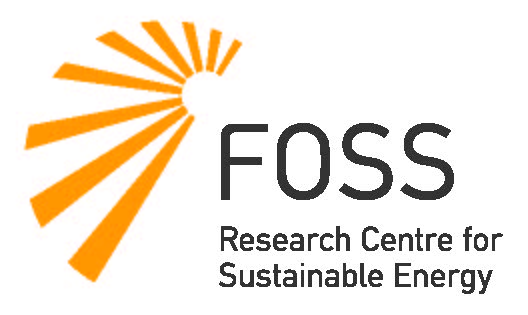
Blog #3

Distribution Energy Management System for the microgrid of FOSS/University of Cyprus
The campus of the university of Cyprus is evolving into an energy community hub capable of operating as a living lab serving the 3 functional arms of FOSS research centre and provide.
- a state-of-the-art research environment for the technologies supporting the energy transition,
- a dynamic educational platform for students to excel and living lab capabilities linked to the remaining family of labs in EU.
- service the demanding needs of the economy and industry.
Moving in this direction, the Low Voltage Experimental Microgrid Laboratory (LVEM) forms the starting point in building the required modernisation, digitalisation and distribution grid flexibility environment capable of demonstrating a novel and promising application to mitigate different grid operating conditions. As the distribution systems evolve towards an active network of intelligent loads and generation sources, it will require more intelligent hardware and software for situational awareness and controllability. A new breed of smart devices is needed that feature flexible edge computing, field interoperability and communications as intrinsic attributes of their design. The state of digitalisation in distribution systems will be advanced with use of intelligent methods and solutions that form the backbone of data analytics and artificial intelligence. Along this context, the evolution of the planned infrastructure aims to deliver a complete smart grid tool set, which will be comprised of microgrid management and digital energy management that will be controlled and managed based on the advanced PV production forecasting solution that has been already developed.
Microgrid architecture and operational aspects
Digitalisation
Forecasting
Energy Community hub Management



